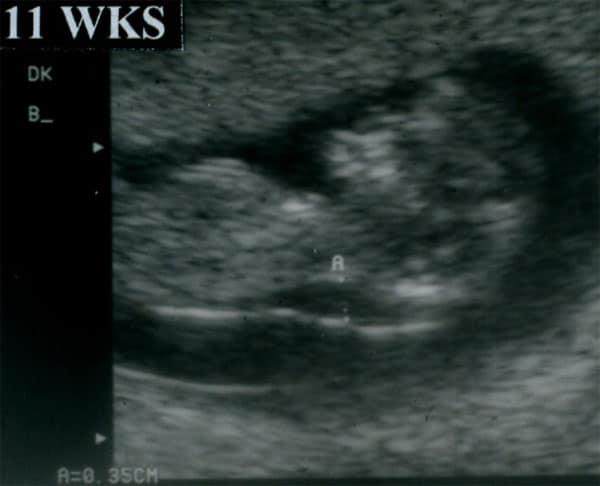
The Sonographic Detection of Trisomy 13
0% Complete
Course Overview
Learn how to effectively use ultrasound to detect trisomy 13, a rare chromosomal condition with significant fetal anomalies. This course covers key sonographic findings in both the first and second trimesters, including nuchal translucency, facial clefts, holoprosencephaly, and cardiac anomalies. Gain insights into the distinct facial and central nervous system abnormalities commonly associated with trisomy 13, and learn how to identify soft markers like shortened limbs and echogenic bowel. Detailed protocols for anatomic surveys and dynamic scanning techniques will help you improve detection rates and accurately identify trisomy 13 in high-risk pregnancies. Understand how maternal age and gestational age affect trisomy 13 risk and learn the importance of combining ultrasound findings with genetic testing.
Objectives
After completing this activity, the participant will:
Describe the transvaginal ultrasound examination to evaluate fetal anatomy.
Identify major defects on the sonogram associated with Trisomy 13.
Improve patient management through early detection.
Target Audience
Physicians, sonographers, and others who perform and/or interpret ultrasound.
Faculty & Disclosure
Faculty
Lyndon M. Hill, MD
Professor Obstetrics and Gynecology
Medical Director Ultrasound
Magee Women's Hospital
Pittsburgh, PA
Disclosure
In compliance with the Essentials and Standards of the ACCME, the author of this CME tutorial is required to disclose any significant financial or other relationships they may have with commercial interests. Dr. Lyndon Hill discloses no such relationships exist. No one at IAME who had control over the planning or content of this activity has relationships with commercial interests.
Credits
* AMA PRA Category 1™ credits are used by physicians and other groups like PAs and certain nurses. Category 1 credits are accepted by the ARDMS, CCI, ACCME, and Sonography Canada.
Course Details
Accreditation
The Institute for Advanced Medical Education is accredited by the Accreditation Council for Continuing Medical Education (ACCME) to provide continuing medical education for physicians.
The Institute for Advanced Medical Education designates this enduring material for a maximum of 1 AMA PRA Category 1 Credit™.
Physicians should only claim credit commensurate with the extent of their participation in the activity. Sonographers: These credits are accepted by the American Registry for Diagnostic Medical Sonography (ARDMS), Sonography Canada, Cardiovascular Credentialing International (CCI), and most other organizations.
-5.webp&w=3840&q=75)
